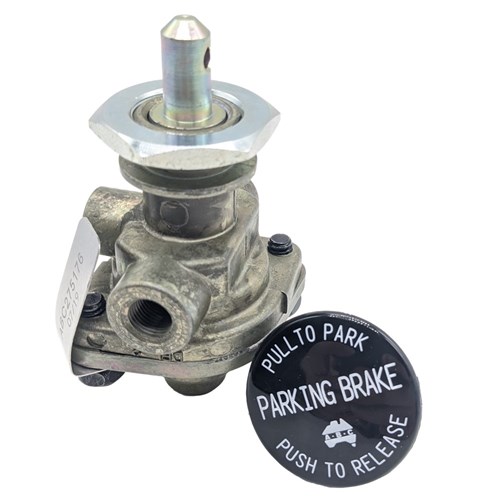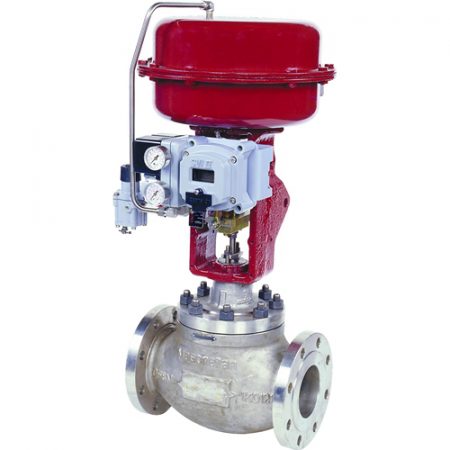Innovative Control Valves: Enhancing Precision and Dependability
Innovative Control Valves: Enhancing Precision and Dependability
Blog Article
Achieve Seamless Assimilation and Control With High Quality Structure Automation Controls
In the realm of modern building administration, the relevance of top quality building automation controls can not be overstated. Welcoming top quality structure automation controls is not simply an issue of convenience yet a critical essential for companies intending to optimize their centers' efficiency and sustainability.

Development of Building Automation Controls
Throughout the past few decades, the evolution of building automation controls has substantially changed the means structures are taken care of and run. At first, building automation systems primarily concentrated on standard features such as managing air flow, home heating, and air conditioning (HEATING AND COOLING) systems. As technology progressed, these controls have come to be a lot more sophisticated, permitting for a broader range of building systems to be incorporated and taken care of centrally.
The development of building automation controls has seen a change in the direction of more intelligent systems that can adapt to altering conditions in real-time. This versatility is important for maximizing energy effectiveness and guaranteeing owner comfort. Furthermore, modern-day structure automation controls now use functions such as anticipating upkeep, remote monitoring, and data analytics, making it possible for facility managers to make data-driven decisions to boost building performance.

Benefits of Quality Integration
The advancement in building automation controls towards even more smart systems has underscored the significant advantages of high quality combination in optimizing structure procedures and improving overall efficiency. This centralized control additionally supplies better visibility and insights right into building performance, making it possible for aggressive upkeep and optimization approaches. Generally, the advantages of high quality integration in structure automation controls are indisputable, providing raised effectiveness, comfort, and functional effectiveness.
Improved User Experience and Availability
Enhancing individual communication with building automation regulates with instinctive style and boosted ease of access boosts the overall experience for owners and facility managers alike. By concentrating on user experience, developing automation systems can become a lot more user-friendly and effective. User-friendly interfaces, clear navigation, and personalized setups empower customers to interact with the controls quickly and efficiently.
Availability attributes play a vital role in guaranteeing that all people, consisting of those with disabilities, can utilize the structure automation controls effortlessly. Including features such as voice commands, tactile buttons, and color-contrasted screens can improve access and make the controls a lot more comprehensive.
In addition, improved user experience results in higher user fulfillment, raised performance, and far better decision-making. Occupants can change environmental settings according to their choices, while center supervisors can successfully manage and check structure systems - control valves. On the whole, focusing on customer experience and access in structure automation manages contributes to a more seamless and efficient structure atmosphere for all stakeholders involved
Lasting Practices With Automation

Additionally, automation can help with the assimilation of renewable resource resources such as solar panels or wind generators right into structure operations. By instantly adjusting energy use based upon the accessibility of renewable resource, buildings can better decrease their dependence on non-renewable anonymous sources. This smooth integration of sustainable techniques not just benefits the environment however additionally improves the overall operational effectiveness and cost-effectiveness of the structure. Via automation, buildings can align with contemporary sustainability objectives and add to a greener future.
Future Trends in Building Control Equipment
One prominent trend shaping the future of structure control systems is the raised integration of Artificial Intelligence (AI) and maker understanding. In addition, the Web of Things (IoT) is changing structure control systems by attaching devices and sensors to boost and simplify procedures efficiency.
Another key pattern is the emphasis on cybersecurity actions to protect against prospective hazards to building automation systems. As structures come to be more interconnected, making sure durable cybersecurity procedures will be crucial to safeguard sensitive data and stop unauthorized accessibility.
Additionally, the change in the direction of cloud-based platforms is acquiring energy, permitting streamlined control and remote accessibility to structure systems. This assists in less complicated monitoring, maintenance, and updates, boosting the overall efficiency and adaptability of structure control systems. As innovation remains to advancement, these trends are expected to form the future landscape of building automation controls, driving advancement and sustainability in the constructed atmosphere.
Conclusion
To conclude, developing automation controls have progressed substantially, providing numerous advantages such as boosted user experience, access, and sustainable techniques. Quality combination plays a vital duty in accomplishing smooth control and reliable operation of structure systems. Future fads in structure control systems are likely to concentrate on click for info more enhancing automation capacities for enhanced power effectiveness and general performance. It is vital for structure proprietors and drivers to focus on the adoption of top quality structure automation controls to maximize structure operations and attain long-lasting sustainability objectives.
In the world of a knockout post modern-day structure monitoring, the importance of high quality building automation controls can not be overstated. Generally, the development of structure automation controls proceeds to drive advancement in the structure administration market, using brand-new opportunities for producing smarter and a lot more sustainable structures.
The advancement in building automation controls in the direction of even more intelligent systems has emphasized the considerable advantages of high quality combination in optimizing structure procedures and boosting total effectiveness. On the whole, prioritizing customer experience and ease of access in building automation regulates adds to a much more efficient and seamless building setting for all stakeholders entailed.
It is important for structure proprietors and operators to focus on the adoption of quality structure automation manages to enhance structure operations and achieve long-lasting sustainability goals. - control valves
Report this page